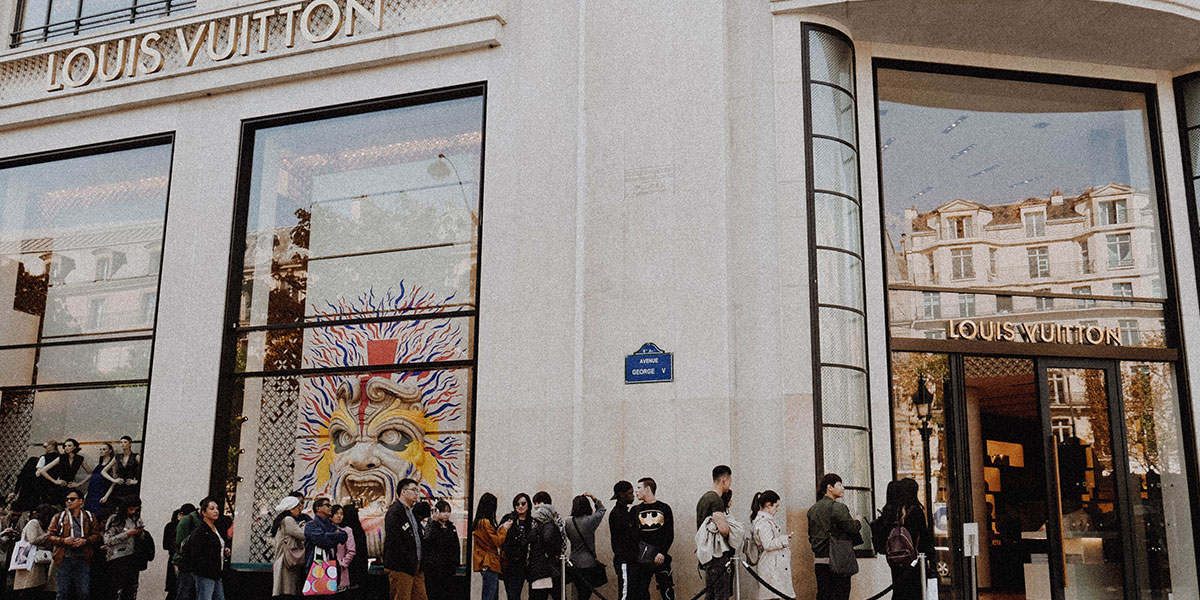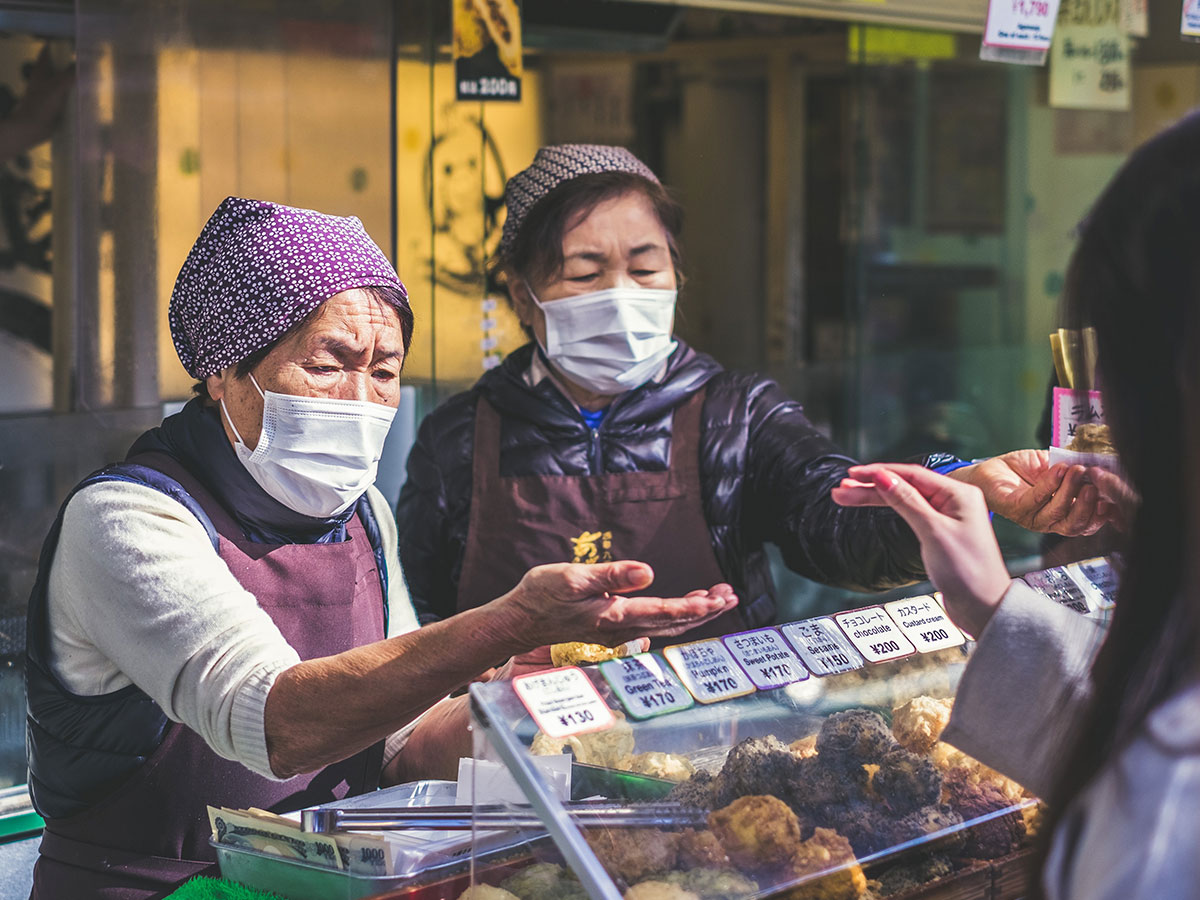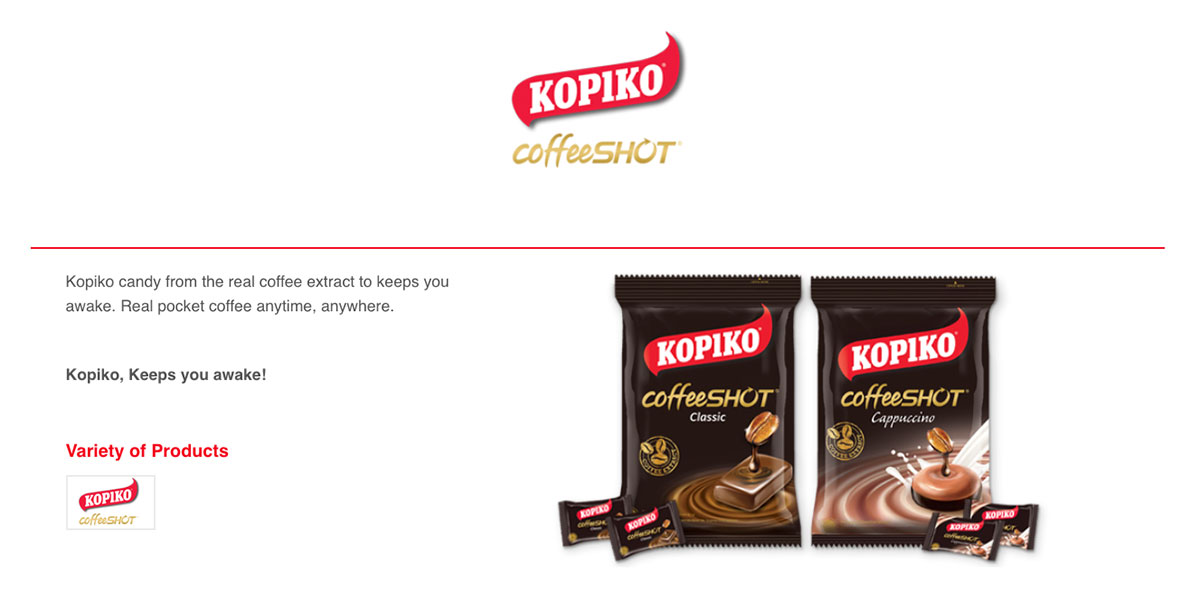Growing Your Brand During COVID-19: The world is going through a health crisis the likes of which it has never seen—at least not in modern memory. Business owners the world over are panicking as they’re forced to shut down yet again. With cases climbing to new heights, the world waits for a vaccine. Indeed, there are over 140 vaccines in the works, but when one will be ready is anyone’s guess.
Now more than ever, you must work hard to build your brand. With consumers worried about a possible depression, they’ll be more conservative with their purchases. It’s in times like these that brand becomes extremely relevant.
Take proactive steps now to strengthen your place in the market. This post will help you do just that. You’ll learn:
• 10 ways to show customers you have their best interest in mind, helping you earn brand loyalty
• 7 powerful strategies that will help you gain even more consumer confidence
• 6 ways to align your brand messaging to the COVID crisis.
Along the way, you’ll also discover which industries are thriving despite COVID. Read on.
Build Brand Trustworthiness During COVID
It used to be said that your brand exists in the minds and hearts of your customer, and nowhere else. After all, if no one thinks of you when they go out to shop, then you might as well not exist. But these days, it can also be said that your brand exists online. Once something is on the Internet, it’s there forever.
So as you formulate your COVID strategy to build trust, keep in mind that the messages you put out in the coming weeks and months are there to stay – even if you need to refresh your logo to be young.
What makes a brand trustworthy, anyway?
According to the paper Brand Loyalty in Crisis: How Does Strong Brand Loyalty Affect A Company During Crisis Under Different Circumstances, by Nicky Honghao Ruan, in order to build trust in a time of crisis, you must demonstrate to consumers that you are:
• In touch with the situation
• Informed and educated
• Concerned with customers and your employees alike
Follow this 10 item checklist to do just that.
• Don’t take advantage of the crisis to maximize your own profits. This is extremely obvious to customers and will result in backlash that can tarnish your brand. Price gouging and other practices may benefit you in the short term, but they will hurt you long term.
• Keep your prices reasonable. Along the same lines, don’t increase prices arbitrarily. This will encourage your customers to embrace your competitors. If you need to raise prices, let your customers know why. Lead in your industry with transparency.
• Take care of your employees. Don’t force your employees to work if they’re ill. In fact, you want to do the opposite. Send employees home if they’re sick and cover the shift yourself if you have to.
• Take care of your customers. Customers are engaging in more comfort-seeking behaviors than usual. Help them do that by over-delivering. If you promised them a 10% discount for completing some desired action, make it 15% at time of checkout. They will appreciate the unexpected gift.
• Meet and then exceed the recommended safety standards. For instance, If you’re a restaurant, don’t just clean surfaces every hour. Also ask employees to wash hands hourly and have them sign a log indicating they did so. Let your customers see how seriously you take their health and safety.
• Give back to the community. Show your community you’re a team player by giving where you can.
• Communicate effectively. Communicate any changes in a timely manner, with transparency.
• Be a first responder. One way to stand out from your competitors is to provide valuable COVID-related information to your social media followers.
• Deliver a message of hope. Make sure that your COVID-related messaging isn’t dire, though. Report the facts, but also lace your messages with optimism.
• Be a thought leader in your industry. If you have downtime, a good way to fill that downtime is to produce whitepapers that demonstrate your expertise. You could also write more blog posts, produce more videos or start a podcast. Consumers like to see the human side of a business, and if that human face is also a knowledgeable expert, all the better.
We’ll go into specifics on how to do many of these things in the next section.
For now, let’s turn our attention to the paper Brand Loyalty in The Time of Crisis: The Case of Volkswagen in Bosnia and Herzegovina, by Damir Dinarević. This paper is well worth a read. But the gist is that surviving times of crisis comes down to building brand loyalty. If you ignore the need to build your brand during the good times, you’ll be in trouble when the chips are down.
The paper, Branding Strategies During Economic Crisis: Avoiding the Erosion, by Dainora Gruney, echoes this sentiment. But the author adds that a strong brand makes a customer feel good about their purchasing decision. Moreover, a strong brand understands what makes the consumer feel good in times both good and bad, and they deliver that experience consistently.
What makes modern consumers feel good? More and more, today’s consumers want to be able to make a difference. This is why donating to a common cause in a time of crisis is such a powerful way to build your brand. More on that in the next section.
Align Your Message With COVID Crisis
For now, let’s take a look at a six step process to make sure your messaging is aligned with the COVID crisis.
Start with Soul Searching
What messaging will best align you with your desired customer base? Are you going to be conservative or edgy? Companies that are killing their COVID messaging include Guinness, Burger King, Coors Light and Domino’s. Note that these companies don’t drastically change their messaging during times of crisis, but if they’re overly silly, they may tone things down a bit. Remain true to who you are, but respect the situation.
Educate Your Audience
Who else is operating in your space? How do you differ from them? Does your messaging make this clear enough? Make customers aware of the actions you’re taking to address the situation for the benefit of all. But make sure you do not over do the education angle. If COVID-19 has no bearing on your website or your business, then do not draw focus to your COVID message heavily on your website front page. Instead leave a link to more information some where discrete.
Focus on Objectivity
Focus on company image. Keep the politics out of it. Unless your brand values, vision or mission has to align with a political point of view, create messaging that does not hint at or indicate your political preferences or even general point of views. Your messaging has to be objective and stay true to your brand story.
Focus on the Big Picture
Look at your overall marketing plan. Does your company identity shine through? Does your messaging consistently convey who you are? What’s special about you? What are you doing in this time of crisis that your competitors are not? While it is ok to talk about what you or your brand is doing for humanity at this time of crisis, always ensure that the narrative is in line with what would be expected for a brand of your type and your market segment.
Look for Links
Is your company publicly linked to your COVID efforts? Are you publicizing all you’re doing for the public? But beware, there’s a fine line between tooting your own horn and informing the public. Make the public aware of all you’re doing for them, but don’t go overboard.
Review Your Design Elements
Are your design elements crisp and modern? Or is your logo bland, stodgy or out of touch? If you’ve been putting off a brand refresh, now might be the time. Perhaps your brand needs a complete brand identity system – if you don’t already have one. The secondary icon which usually supports the primary logo can now be aligned with your message for the crisis – if it is appropriate – and communicate with your target audience.
Now let’s look at seven more things you can do to boost your sales and build your brand during times of crisis.
7 Ways to Outshine the Competition During COVID
As you navigate the COVID crisis, there are several steps you can take to proactively grow your brand. Following this simple advice can help you stay top of mind, and it can nudge your customer to choose you over your competition.
Stay Connected
Your customers are the life blood of your brand. You exist—or not—in their heads and hearts. If you want to make it through COVID and beyond, stay connected to these folks. They might not be buying from you right now but the value of retaining them as a customer cannot be overstated. The more customers you retain, the less advertising you’ll need to do once this is all over.
One way to stay connected is to make savvy use of your email list. Revamp your email marketing efforts, but be cognizant of the fact that many other businesses are doing the same thing. Respect your prospects’ time. You don’t want to end up in the spam folder.
Make sure that every email you send offers value to the recipient. Value here doesn’t mean a link to a 10% off coupon, either. Value means that your email teaches the reader something they didn’t know or else tells them something they need to know.
An easy way to do this is to follow the unfolding COVID situation. Watch for breaking news on COVID and then fact check your sources. If the information checks out, summarize it in an email. Save your marketing for after you’ve delivered value. Prospects will be more likely to look at your offer if you’ve given them valuable information. Phrase your message in such a way that it is relevant to your own business. Don’t just regurgitate COVID-19 news.
If you ship physical products, let your customers know if there will be delays. Let them know that you’re prioritizing certain items because of the ongoing COVID situation, too. If you’re B2B or offer consulting, let your clients know that you’re now offering virtual consultations and meetings. You are, aren’t you?
Reexamine Your Marketing Plan & Your Messaging
Take a step back and examine all your outgoing messaging. This includes:
Hard marketing materials.
Things like brochures and ad copy. A lot of people think that brochures are dead or almost on their way out. In fact, brochures are an effective marketing tool – even in 2020. The key is to rethink the design language and style of your hard marketing materials to align with the worldview if your target audience. When hiring designers or design firm to create your hard marketing materials, make sure you do not go for the cheapest option. Make sure the designer or firm has plenty of experience in your market segment and communicating to your target audience.
Whitepapers and other loss leaders.
These may not be direct-to-customer advertisements, but they reflect your brand. Ebooks and white papers are not dead yet. They are quite effective in communicating your expertise and
Blog or video content.
This includes anything that goes on your blog, any guest posts you do, or podcasts and videos.
Check that your outgoing communications set the right tone and deliver the right message, as outlined in the previous section. Try not to seem self-centered or overly profit-driven. Check your materials to make sure they still make sense in the current socio-economic or political climate. In particular, check for any messaging that could be construed as insensitive.
Try to ensure that your messaging orbits around these concepts:
• We’re here for you
• We’re all in this together
• This too shall pass
It’s generally safe—and recommended—to take a role as public safety watchdog. This means adding some public service messages to your posts. Amplify the messaging coming out of official outlets such as government agencies and credible health organizations. See the Nike Twitter account for a good example of this stewardship. Now more than ever, ‘We are one team,’ is a solid, positive message that few will disagree with. Such messaging will be picked up and amplified by your brand ambassadors and other fans.
Create New Content
Use your free time to create topical content for your blog. If you have a touching, human-focused COVID story to share, consider posting it on Medium. Make sure to link back to your own blog, too. These stories do well on the platform, and the site has a huge audience. Again, please beware of creating link bait content from stories related to COVID that have not bearing on your brand story or your target audience. Perhaps you are getting tired of me interjecting caution at every turn in this article. I just want to make sure that your brand communicates the right message during this crisis and your brand does not come off as taking advantage of the crisis.
As for the kind of content and medium, make sure it aligns with the kind of brand you are, your target audience and the message you are trying to communicate. For instance, just because video is the new trend in marketing, unless it makes sense, your will have terrible ROI if you focus on creating Youtube videos.
Donate
Spend money—or donate, as the case may be—to make money. Big brands like Bacardi, KFC and Kraft have donated millions to COVID research and relief. You may not be able to match this, but the act itself is more important than the amount. If you’re a smaller company, let the people see you doing your part. If you’re strapped for cash, there may be other ways you can give. For instance, Kopiko, a coffee brand, is giving away bottled water and ice coffee to essential workers.
On the other hand, Amazon, which is arguably profiting nicely from the pandemic, has come under fire for not donating more to the cause. And instead of paying their contractors more, the online retail giant has called on the public to donate to a crowd funding campaign.
The moral? Be aware of how the public might react to your giving, especially if you’re one of the few business types who are doing well in this climate. More about them in the next section.

Get Involved
Look for opportunities to help your community. This philanthropic work will rub off positively on your brand. Many small alcohol distilleries in the U.S. have transitioned temporarily into producing hand sanitizer, for instance. Louis Vuitton, of hand bag fame, is temporarily producing masks.
How can you have a direct, positive impact?
Here are a few questions to ask yourself to get the ideas flowing:
• What do you do?
• Considering what you do, what goods do you have on hand?
• What can you do to help?
For instance, many restaurants have closed to the general public but are offering service to essential workers. Some restaurants have given their stock away to food pantries instead of letting it go bad. Still others are selling their bulk goods directly to the general public as groceries.
Customers prefer to do business with companies that take a clear stance against COVID.
Create Online Experiences
You’re probably already using social media, but are you using online services to their full extent? This will be more or less relevant depending on your industry, but there are several ways you can use online tools to your advantage. You can use webinar software to hold large virtual meetings with employees, which can increase efficiency.
You can also use this software to inform your biggest fans about upcoming products or services. Offer these customers bonuses for attendance, such as special coupon codes.
This is a simple way to keep your brand top of mind in a time when consumers are spending more time online than ever before. On the social media side of things, go live on Facebook and create Instagram Stories. Many gyms and yoga studios are using these services to offer their clients live classes they can participate in from home.
Care for Your Employees
Make sure that your we’re all in this together messaging extends to your employees. If it doesn’t, this will leak out to social media. Now would be a good time to review your training materials. If you think you can improve your training process, it might be worth putting some resources toward that. Turnover is one of the largest costs for many businesses. Invest now in your employees so they’ll become long-term partners in your success.
These Businesses Are Doing Well During COVID
Economists predicted that virtually all businesses would take a hit. But this seems to have been a bit premature. There are several industries that are faring well. Some are outright thriving. If you’re in one of these industries, apply the above tips to get an even stronger boost.
Cleaning Services
COVID fears are driving growth in this sector. Professional cleaning services are in demand. If you can demonstrate to prospects that you understand how viruses spread, you can earn steady business. The main thing to convey to customers is that SARS viruses spread very easily indoors. This is because mucus droplets can remain suspended in air for several minutes. Worse, the mucus of an infected person can contain millions of viral particles. This is less of a concern outdoors where wind disperses mucus droplets in short order.
You should also know how long the virus that causes COVID-19 remains viable on surfaces. For plastic or stainless steel, the virus remains capable of infection for between two to three days.
Delivery Services
Naturally, delivery services are doing well. Though if you’re in this industry, know that competition will remain fierce. Still, many consumers are afraid to leave their homes for non-essential items. Business to business deliveries and food delivery services are enjoying the biggest boost to sales by far.
Grocery Stores
Far fewer consumers are dining out. Naturally, this means that grocery stores are seeing a bump in business. It’s extremely important for any grocery to demonstrate to consumers that they understand the gravity of the situation.
Make sure to comply with any local and federal ordinances that pertain to maximum occupancy or hours. Post signs asking customers to maintain a distance of six feet between themselves. Then place ‘one way’ arrows in your isles to direct the flow of traffic in your store.
Drive-In Movie Theaters
Drive-in theaters—rumors of their collective demise are greatly exaggerated—are enjoying something of a comeback. Drive-ins allow customers to go to the movies while maintaining social distancing. However, drive-in owners should enforce strict ‘no horseplay’ rules before the show starts. No football, hoops, tag or other activities that encourage close contact.
Liquor Stores
Liquor and wine has seen a sharp uptick. Well…no mystery here. People are worried. People are stuck at home. Folks are going to drink. Plus, bars and nightclubs are closed in many areas. Premature opening of bars in many states led to a spike in COVID cases, which means that those places are closing down again. Consumers are frustrated.
Meal Prep Services
Meal prep or kit services are doing quite well. These services send ingredients to consumers with instructions on how to prepare the meal themselves. These services provide a valuable service to consumers by helping them make exotic dishes they wouldn’t otherwise bother with.
Canned Goods
Naturally, any time there’s a major crisis, the so-called prepper army gains a few new recruits. If you produce canned goods of any kind, you’ve probably seen a spike in demand. Less perishable goods, such as jarred jellies, have also seen increased sales.
Games
The virus is forcing most people to stay home. As you might imagine, game developers everywhere are raking in the cash. With Steam charging a measly $100 to post a new game, many folks are trying their hand at game development. However, increased demand is no guarantee of success.
Epic Games, a new competitor to Steam, is offering lucrative exclusivity deals for promising games. This, combined with the current crisis, is leading to a glut in supply as new games come on the market. This means, of course, that if you’re a game developer your product needs to outshine the rest, or you risk drowning in a sea of noise.
As you might expect, board games are also enjoying a resurgence—family members are finding themselves spending a lot more time together.
I hope this post has given you some ideas on how you can build a powerful brand that will endure through the current COVID crisis and beyond. If I have, could you consider giving this article a share? Someone else might find this post valuable as well. Thank you!




